 Discover the riches of Thailand in this epic trip from north to south. On this adventure we take you from the bright lights and crazy sights of Bangkok city to the serenity of the rainforest, from atmospheric ruins to tropical sun-drenched islands like Ko Samui, Ko Tao and Ko Pitak. If you're after the idyllic Thailand getaway with the perfect blend of northern adventure and southern relaxation, then this tour is definitely for you.
Discover the riches of Thailand in this epic trip from north to south. On this adventure we take you from the bright lights and crazy sights of Bangkok city to the serenity of the rainforest, from atmospheric ruins to tropical sun-drenched islands like Ko Samui, Ko Tao and Ko Pitak. If you're after the idyllic Thailand getaway with the perfect blend of northern adventure and southern relaxation, then this tour is definitely for you.Highlights
Experience rural Thai life with multi-day trek through scenic hilltribe villages in the remote Thai countryside, meeting welcoming locals and sharing laughs along the way.
Indulge in an organic farm to plate cooking demonstration and lunch at a farm stay in the Mae Chan District – full of heat, spice and fresh food, you won’t go hungry!
Even the transport on this trip is an adventure – discover the joys of travelling on overnight sleeper trains, longtail boats, songthaew and raft houses.
Visit the home of the infamous ‘Bridge over the River Kwai’, learn about its dark history and the construction of the railway during the war.
Discover the best beaches and islands of Thailand’s east coast – from popular Ko Samui to laid-back Ko Tao – for a true slice of paradise.
Cruise to Ko Pitak for a taste of real island life. Enjoy an overnight homestay, feast on fresh seafood and interact with local fishermen.
Two in-depth snorkelling trips, one in Chumphon and one in Ko Tao, give you plenty of time to explore underwater worlds brimming with coral and colourful tropical fish.
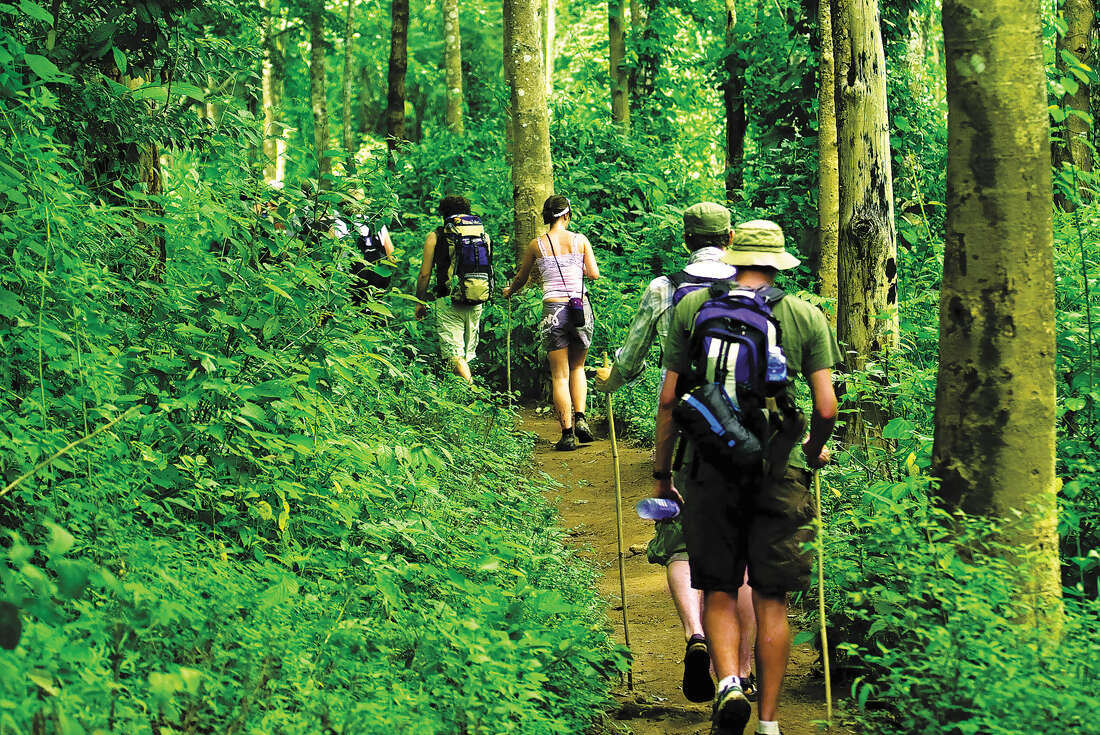
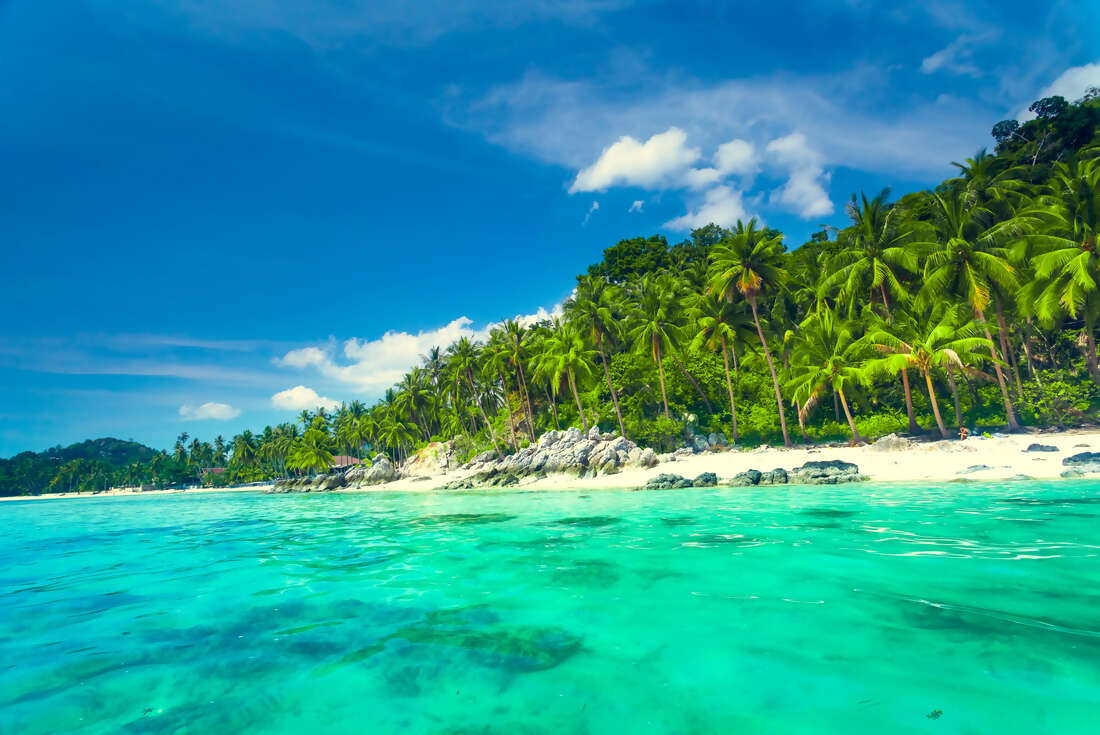
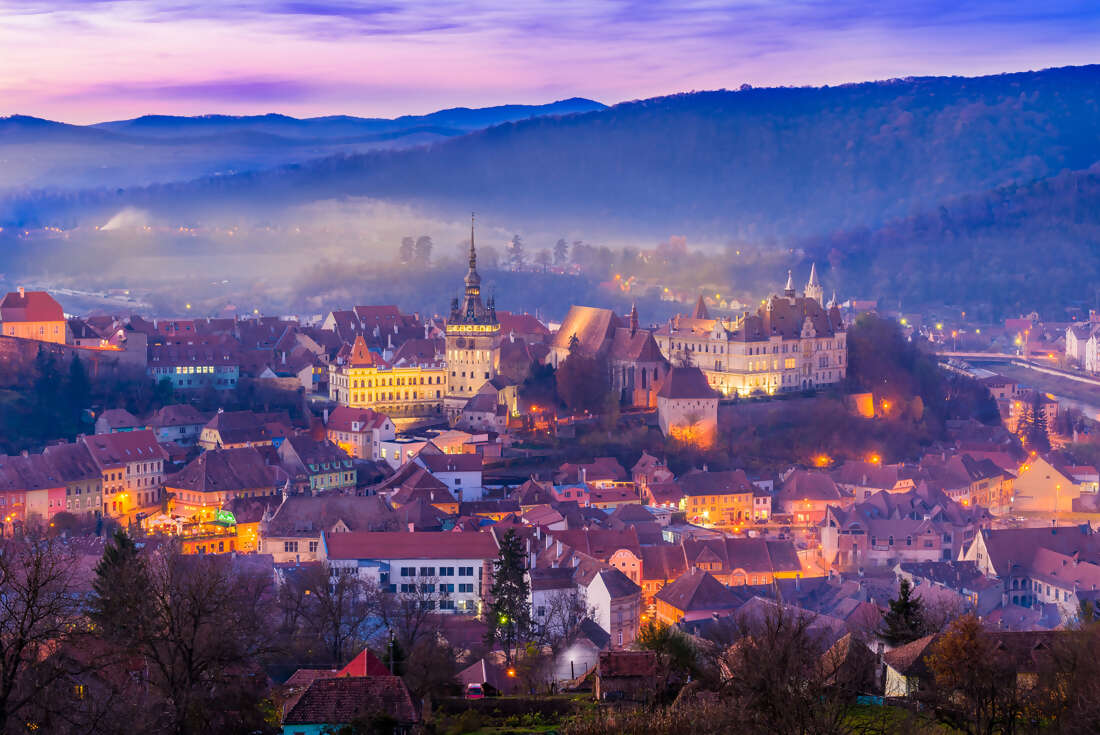

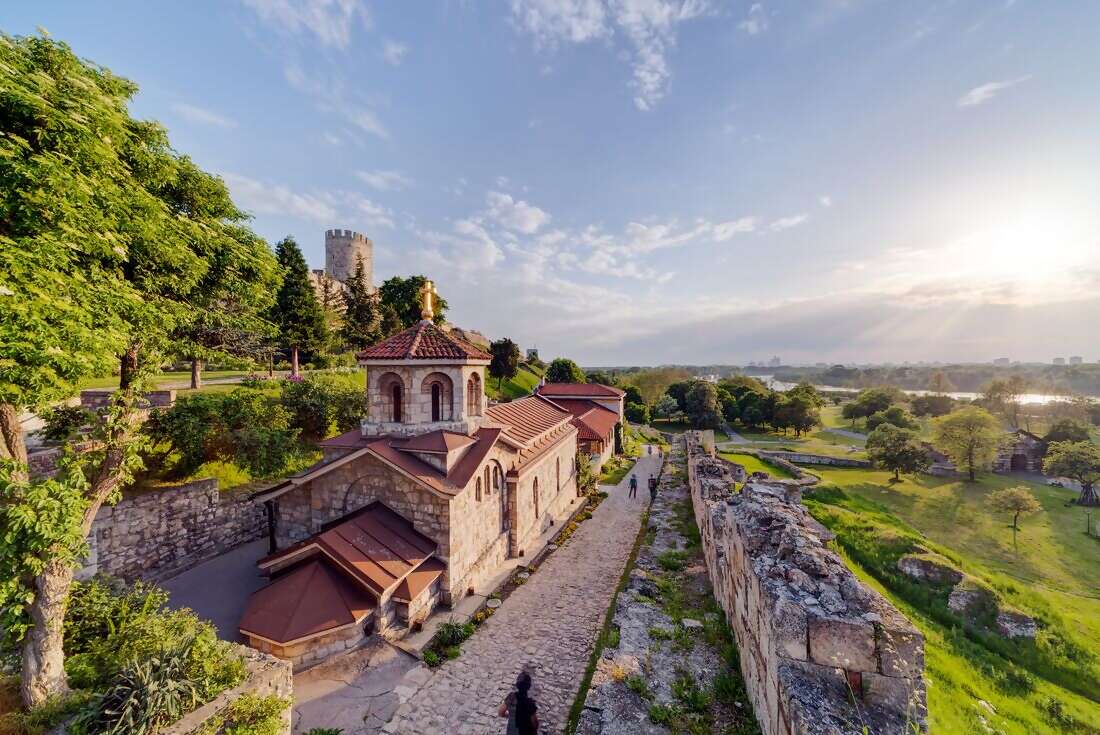
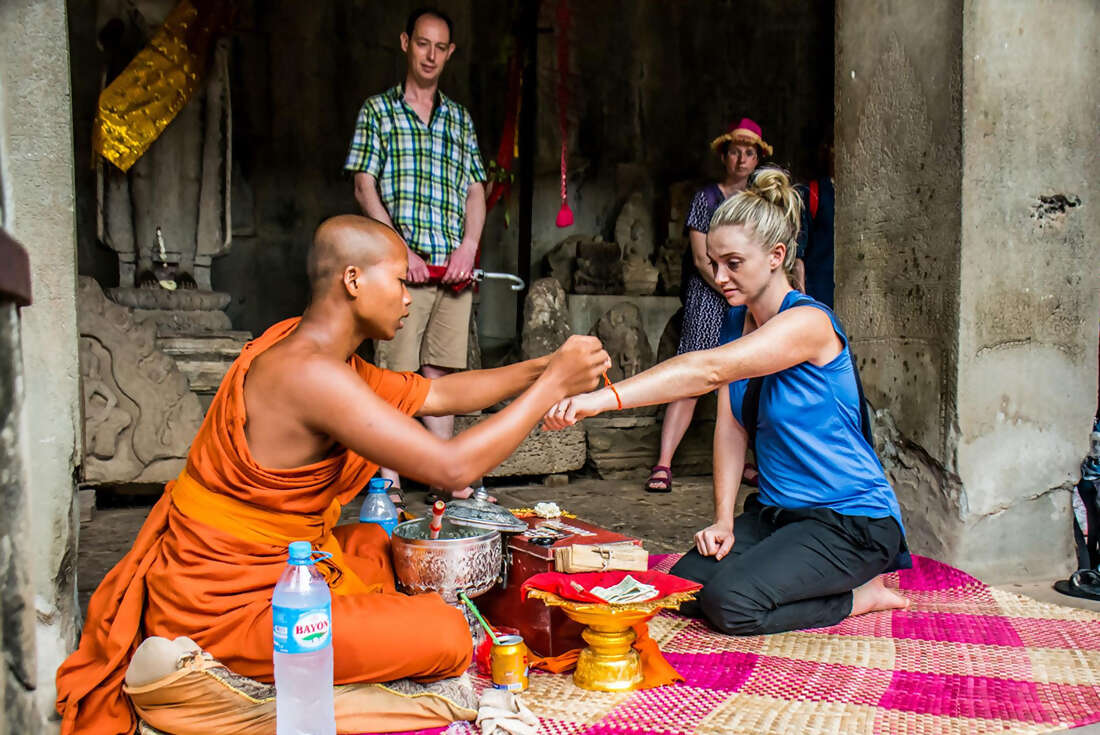

- You will visit the following places:
-

Bangkok
Bangkok, also known as the ''City of Angels'' and ''Venice of the East'', will hit you like a ton of bricks. Its high-rise buildings, heavy traffic congestion, intense heat and naughty nightlife may not immediately give you the best impression — but don't let that mislead you. It is one of Asia's most cosmopolitan cities with breathtaking temples and palaces, authentic canals, busy markets and a vibrant nightlife that has something for everyone. When you do find a moment, pamper yourself with spa treatments, skyline-view bars, luxurious hotels, and excellent restaurants.
-

Chiang Mai
Chiang Mai, is the largest and most culturally significant city in northern Thailand, and is the capital of Chiang Mai Province. It is located 435 miles north of Bangkok, among the highest mountains in the country. The city is on the Ping river, a major tributary of the Chao Phraya river. In recent years, Chiang Mai has become an increasingly modern city and attracts approximately 1 million foreign visitors each year. Chiang Mai gained prominence in the political sphere in May 2006, when the Chiang Mai Initiative was concluded here between the ASEAN nations and the "+3" countries (China, Japan, and South Korea). It has also recently positioned itself to become a Creative City and is considering to apply for Creative City Status with UNESCO.
-

Chiang Rai
Chiang Rai is the capital of Chiang Rai Province, Northern Thailand. Chiang Rai is essentially a service city for the surrounding province. Despite its relatively small population, the city has respected universities and other civic facilities. The character is distinctly Northern and is distinct to Chiang Mai to the south in various ways. The food is definitely spicier and the ethnic composition includes a good percentage of hill tribes and Myanmar exiles such as various varieties of Karen tribes people.
-

Ko Tao
Ko Tao (also often Koh Tao) is an island in Thailand and forms part of the Chumphon Archipelago on the western shore of the the Gulf of Thailand. The island was named by its first settlers after the island's turtle-like shape. Coincidentally, the island is an important breeding ground for hawksbill and green turtles. The island is well known for scuba diving and snorkeling, as well as hiking, rock climbing, and bouldering. The most popular place for tourists is Sairee on the west coast, which has a white sandy beach of 1.7 km interrupted only by a few huge boulders and a scattering of medium budget resorts and restaurants. Chalok Baan Khao, to the south of the island, is becoming increasingly popular as an alternative for those wishing to escape the crowds. A great many granite boulders, both in the forests and on the beaches of Ko Tao, attract a growing number of climbers.
-

Ko Samui